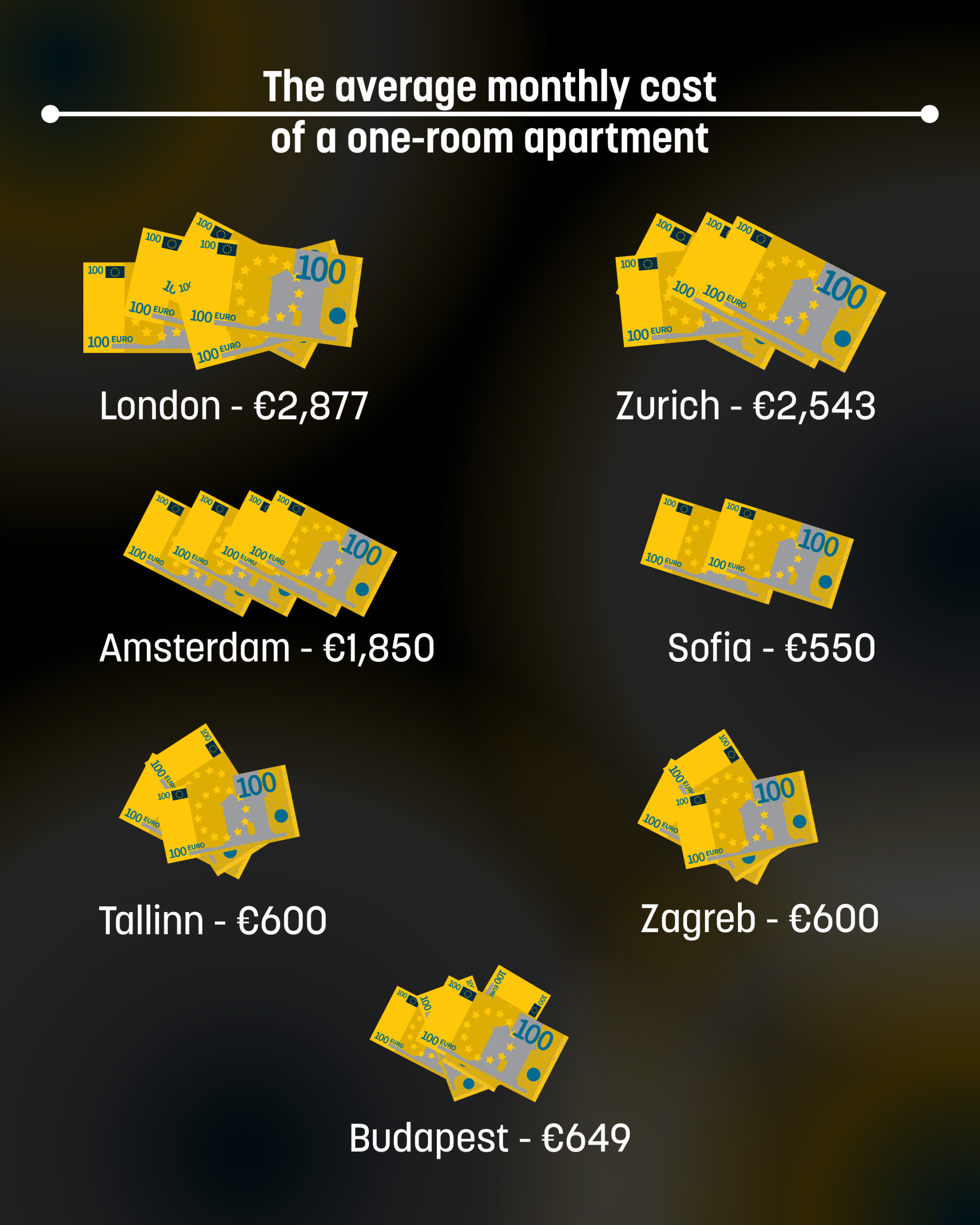“People are understandably worried about the rising cost of living, as more and more families are struggling to make ends meet”, European Parliament President Roberta Metsola said, commenting on the result of the Eurostat survey, which shows that a vast majority of Europeans – 93 percent – are worried about rising living costs. From soaring energy prices to expensive housing and everyday essentials, the financial burden varies significantly across the continent.
Multiple crises, from the COVID-19 pandemic to the war in Ukraine, have disrupted supply chains, driving up prices across various sectors. In recent years, energy costs have surged in Europe, along with the prices of numerous goods and services. The European Employment Services (EURES) has analyzed these shifts, providing data on the cost of living and its variations across different countries.
The findings highlight significant disparities. Living expenses are considerably higher in economically strong Western and Northern European nations, such as France and Norway, compared to Central and Eastern Europe. For instance, the average monthly cost of living for a single person in Norway stands at €1,125.2, nearly twice the €606.5 recorded in Bulgaria.

